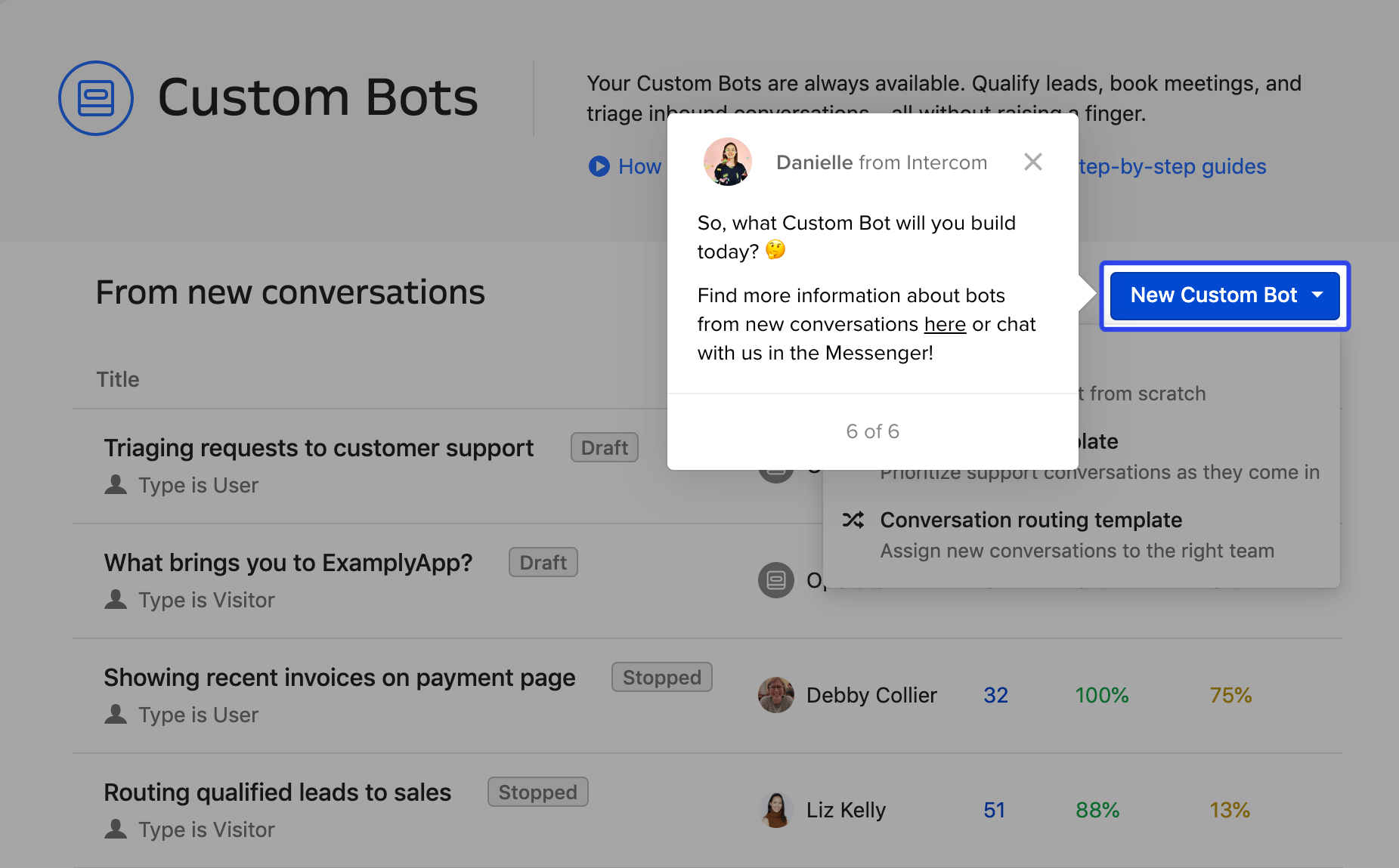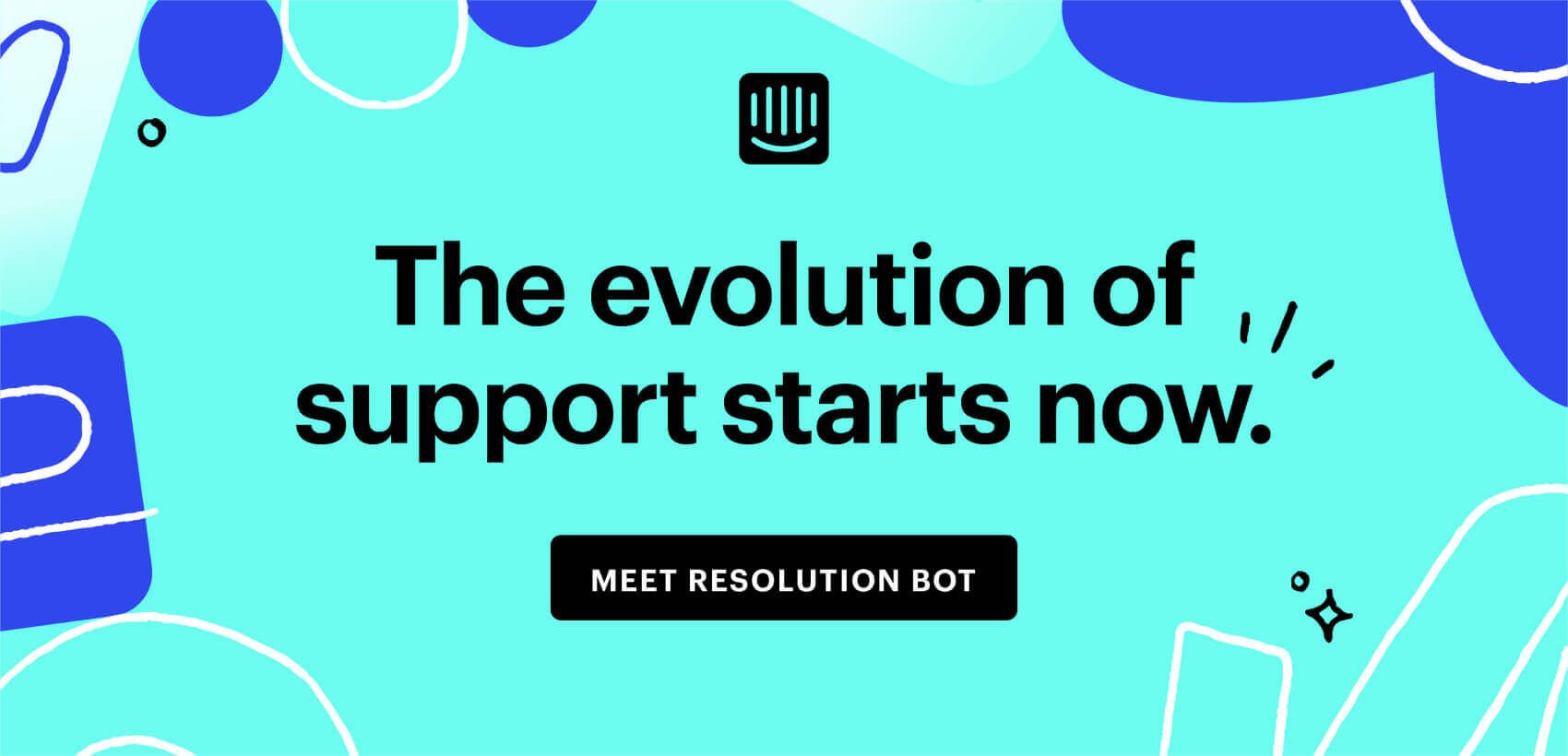
Building help content into your product launch
Main illustration: Kyle Benson
When you’re gearing up for a big product launch, creating help content is often the last thing on your mind.
There’s so much that goes into preparing for product launches – ensuring your beta testing goes smoothly, locking in your marketing campaign, getting your sales team up to speed. By the time the big day rolls around, it can feel like all that’s left to do is kick off the launch party and wait for the upvotes to roll in on Product Hunt.
But the reality is, for your customer support team, the work has only just begun. New products raise new questions, and having supported countless product launches, I can tell you that your reps are likely dreading the increased volume of mostly repetitive, often simple queries.
“How does it work?” “Why doesn’t it do X or Y?” “Why does it look funny in Internet Explorer?”
These questions are as certain as death and taxes, and they leave your customer support team with less time and energy to really delight your customers or properly share all the valuable feedback that comes out of launch day conversations. So how can you get ahead of this inevitable flood of simple, repetitive questions? Here’s a hint: with help content.
Is there a (help) doc in the house?
Done well, help content – best practice docs and clear how-tos – acts as an extension of your product. These articles empower customers to get started with new features and see the value in them, all on their own. And the best thing about help content is it’s incredibly scalable – just one article can answer the same question for hundreds or thousands of customers.
“These articles play a crucial role in reducing the volume of questions that our customer support team receives”
At Intercom we have articles ready in our Help Center for all our major product launches. By enabling customers to help themselves, these articles play a crucial role in reducing the volume of questions that our support team receives. I like to think of the role that help content plays as an in-house remake of the famous scene between Neo and Morpheus in The Matrix:
Support rep: “What are you trying to tell me? That I can dodge questions?
Article author: “No, I’m trying to tell you that on launch day … you won’t have to.”
Instead of fielding simple, repetitive questions, our support reps are able to focus on problems that actually require one-to-one assistance. They’re spending their time helping customers see success and gathering the kind of feedback that enables us to build a better product in the long run. As a result, they’re able to share in the excitement and pass it on to our customers too.
Help content doesn’t just empower our current customers. It also enables us to attract new ones. For leads who find their way to our Help Center, these articles clarify how our new features work and instill confidence that they’ll have no trouble getting started. The experience is comparable to making a purchase in a store. If you have questions about a product and get great answers, you’re more likely to buy, not just because they have what you need but because you know they’re committed to helping you succeed.
Empowering your customers and support team with help content
Now for the next part – actually writing and sharing your help content. This sounds like a lot of extra work, right? It’s actually much easier than you think.
Assemble your collection of articles 📝
Producing good help content is the most important part of this process and where most of the work will be done. But it’s rare that you will need to start from scratch. In many cases, you already have a rough draft. It just needs assembling.
At Intercom, our product managers and engineers put together a “What We Built” document for every new feature. It’s shared internally with the wider project team before launch, and it serves as the jumping-off point for our support articles. Even if you don’t have an exact version of this at your company, I bet your product team has created at least one of the following:
- Summary of the feature: This is the pitch outlining what the feature does. You’ll find the product’s value proposition, or why customers will benefit from the new feature, here.
- Design specs or workflows: This is a detailed overview of how the feature works, typically resembling a step-by-step guide. There should be plenty of screenshots here.
- Product demo: This is the demo that the product team did for your sales and customer support teams. This should cover any best practice advice for using the feature.
- Beta feedback: If there was a beta for the launch, these are the conversations that the project team had with any customers. These conversations often illuminate common areas of confusion, and your teammates’ answers are a goldmine of information.
These pieces are the building blocks of a perfect support article. In fact, most of the articles you see in our Help Center started their lives this way. Here’s an example from one of our launches, when we brought apps into the Intercom Inbox:
 If it’s a complex feature, you’ll likely end up with a collection of articles. It’s best practice when you have multiple work streams for a feature – such as setting it up, customizing it, and integrating it – to break up your content into smaller chunks of information. Often you’ll find the content you receive from your product managers and engineers will also be organized this way.
If it’s a complex feature, you’ll likely end up with a collection of articles. It’s best practice when you have multiple work streams for a feature – such as setting it up, customizing it, and integrating it – to break up your content into smaller chunks of information. Often you’ll find the content you receive from your product managers and engineers will also be organized this way.
Share the articles with your customer support team 👂
With this much of a head start, you’ll have your articles ready well before launch day. At Intercom, we aim to have our help content ready at least one week ahead of time. Once we have our articles pretty close to final, we share them with our customer support team. They benefit in a couple ways:
- They’re prepared for questions on launch day with a solid understanding of how the feature works, and more importantly, they know how to explain it clearly.
- They already know which answers live in which help articles, so they can share the most relevant ones and help customers get the answers they need faster.
As the person who manages our help center, having this two-way dialogue with our customer support team also benefits me. They can give me feedback on the helpfulness of my articles – no one understands customer confusion better than the people who clear it up.
After incorporating feedback from the support team, our articles are customer-ready. All that’s left to do is present them on a silver platter alongside all our launch announcements.
Get the articles in front of your customers 👀
With a brand new feature, your customers might not know what to search for, but if you’re prepared early, you can make it so they don’t have to search at all. Here are a few ways we make sure our help content is easily found:
- Through Resolution Bot: We use the conversations from our betas to train Resolution Bot, our intelligent support bot. Resolution Bot leverages machine learning to automatically share relevant help articles through the Messenger when customers write in with similar questions.
- With Product Tours: We build Product Tours to show customers exactly how to use our new features. Typically we end the guided experience with a link to our help articles, so customers can learn even more on their own.

- In the Messenger’s home screen: For our biggest launches, we add help articles to the home screen of our Messenger, so customers can access them as they’re exploring new features.
Our goal is to surface articles at relevant times and locations, so customers can find them at the exact moment they need help. That way, our customer support team is the second point of contact, enabling our reps to focus on the trickier problems that only humans can solve.
A helping hand on launch day
Help content gives your customer support team a massive advantage on launch day and is the most scalable way to empower existing customers and inform prospective ones. Your support team will see lower inbound volume for simple, repetitive questions, and your customers will get faster answers to those same questions too. It lets your support reps do what they do best, so they don’t have to worry about answering questions like “Where is the new button?”
This means less work for your support team, a smoother experience for your customers, and a better chance that your new features actually get adopted.








